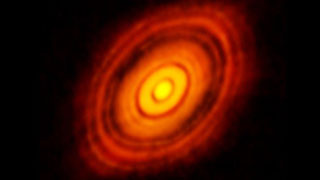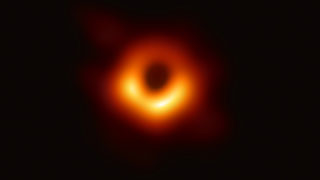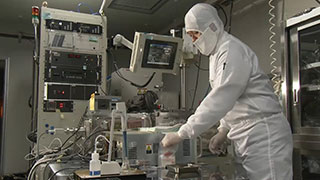ALMA Discoveries
 Credit: ESO/M. Kornmesser
Credit: ESO/M. Kornmesser
- TOP
- ALMA Discoveries
- Galaxy Formation
Galaxy Formation
We live in the Milky Way galaxy, a collection of hundreds of billions of stars. According to one theory, there are trillions of such galaxies in the Universe. When and how were galaxies born and how have they grown over the 13.8 billion years of the history of the Universe? ALMA has discovered oxygen and dust in galaxies 13 billion years ago and has found a number of galaxies that mature much earlier than theoretically expected. ALMA has found many clues to the history of the Universe.
 Credit: ALMA (ESO/NAOJ/NRAO), T. Tsukui & S. Iguchi
Credit: ALMA (ESO/NAOJ/NRAO), T. Tsukui & S. Iguchi
When were spiral galaxies born?
Our Milky Way galaxy is spiral-shaped. When in the history of the Universe have such galaxies formed? ALMA, by combining its high sensitivity and resolution, has discovered a spiral-shaped galaxy in the Universe 12.4 billion years ago. This galaxy, BRI 1335-0417, is about one-third of the size of the Milky Way. Its structure, with gas concentrated in the center and the movement of gas, are very similar to common spiral galaxies in the current Universe. On the other hand, this actively star-forming galaxy may eventually evolve into a giant elliptical galaxy. The discovery of this spiral-shaped galaxy has many implications for studies that trace the evolution of galaxy shapes.
News article: "ALMA Discovers the Most Ancient Galaxy with Spiral Morphology"
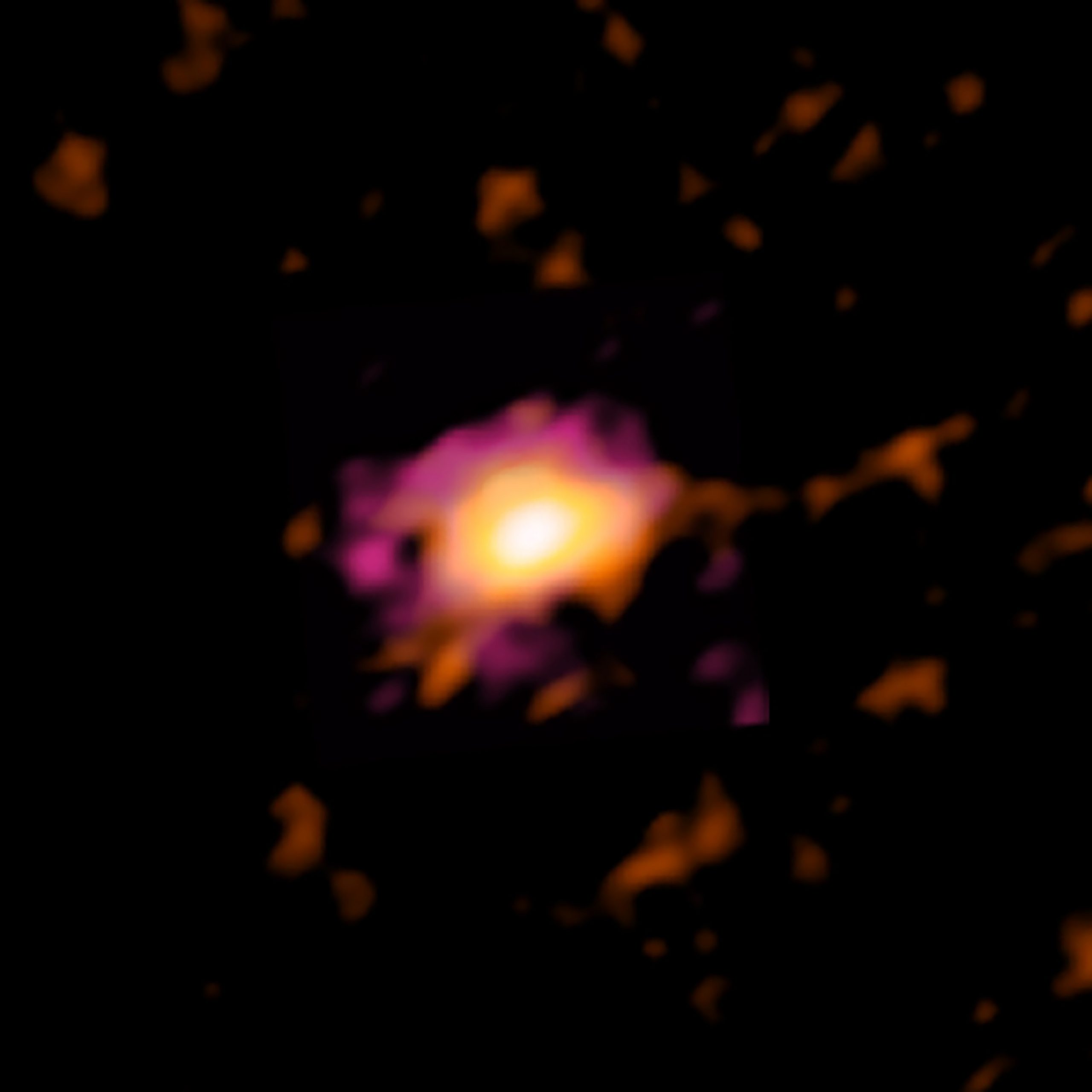 Credit: ALMA (ESO/NAOJ/NRAO), M. Neeleman; NRAO/AUI/NSF, S. Dagnello
Credit: ALMA (ESO/NAOJ/NRAO), M. Neeleman; NRAO/AUI/NSF, S. Dagnello
Matured Galaxy in Young Universe
Theoretical studies suggest that many smaller galaxies have merged to form larger galaxies during the 13.8 billion-year history of the Universe. If this is true, the shape of galaxies and the movement of their interior gas should have been greatly disturbed in the past, when mergers were common. However, ALMA has discovered orderly rotating galaxies in the Universe 1.4 billion years after the Big Bang, suggesting that the frequency of galaxy mergers had reduced by this time and galaxies grow much earlier than predicted by theories. The exact mechanism behind this discovery is still unknown, and it is an important achievement that challenges the theory of galaxy formation.
News article: "ALMA Discovers Massive Rotating Disk in Early Universe"
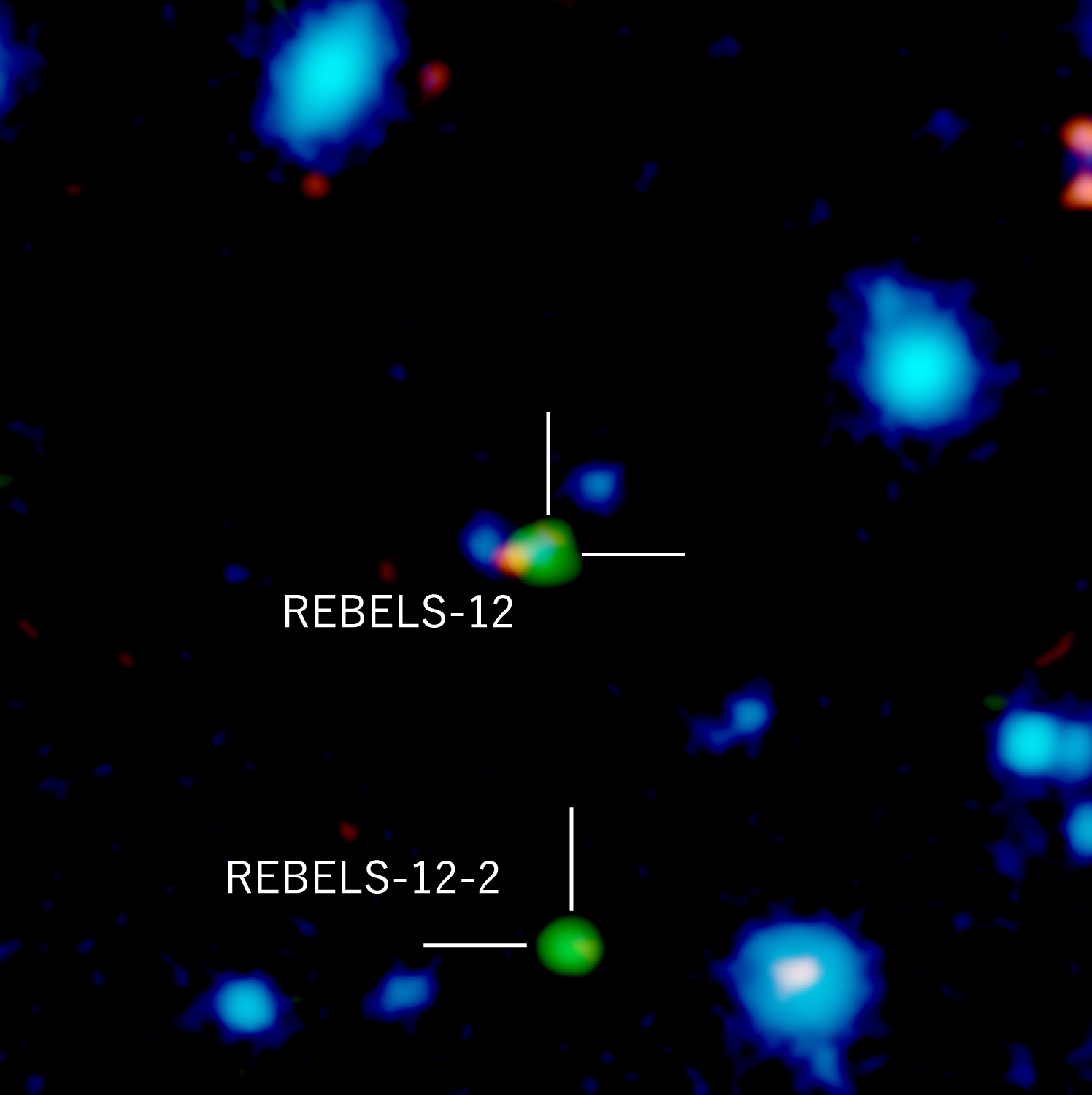 Credit: ALMA (ESO/NAOJ/NRAO), ESO, Fudamoto et al.
Credit: ALMA (ESO/NAOJ/NRAO), ESO, Fudamoto et al.
Hide and Seek of Dusty Galaxies
Dust and gas in galaxies is the material from which stars and planets are made. Because starlight cannot penetrate a wall of dust, galaxies rich in dust are difficult to observe in visible and infrared light. Some galaxies are therefore overlooked even by powerful telescopes such as the Hubble Space Telescope and the Subaru Telescope. However, these “invisible” galaxies can be detected and imaged if the radio waves emitted from dust are observed. ALMA serendipitously discovered a galaxy hidden by dust in the Universe 13.1 billion years ago. One out of five galaxies in the early universe is predicted to be such "hidden galaxies," which had been overlooked until now. ALMA is attempting to unravel the evolution of galaxies by exploring the invisible Universe.
News article: "Unveiling Galaxies at Cosmic Dawn That Were Hiding Behind the Dust"
 Credit: NAOJ, ALMA (ESO/NAOJ/NRAO)
Credit: NAOJ, ALMA (ESO/NAOJ/NRAO)
Oxygen in the Universe 13.1 Billion Years Ago
Oxygen, which is an essential element for all life on Earth, did not exist at the beginning of the Universe. Many elements were created inside stars and dispersed into space upon their death. The repeated birth and death of stars over the history of the Universe have resulted in a wide variety of elements in the Universe. In 2016, a Japanese research team detected oxygen in a distant galaxy using ALMA. This galaxy, SXDF-NB1006-2, is located in the Universe 13.1 billion years ago and was originally discovered by the Subaru Telescope. The detection suggests that oxygen has been produced and accumulated within 700 million years after the Big Bang. However, this discovery was only the beginning of a rush of records of the "oldest oxygen" detected by ALMA.
News article: "ALMA Detected the Most Distant Oxygen"
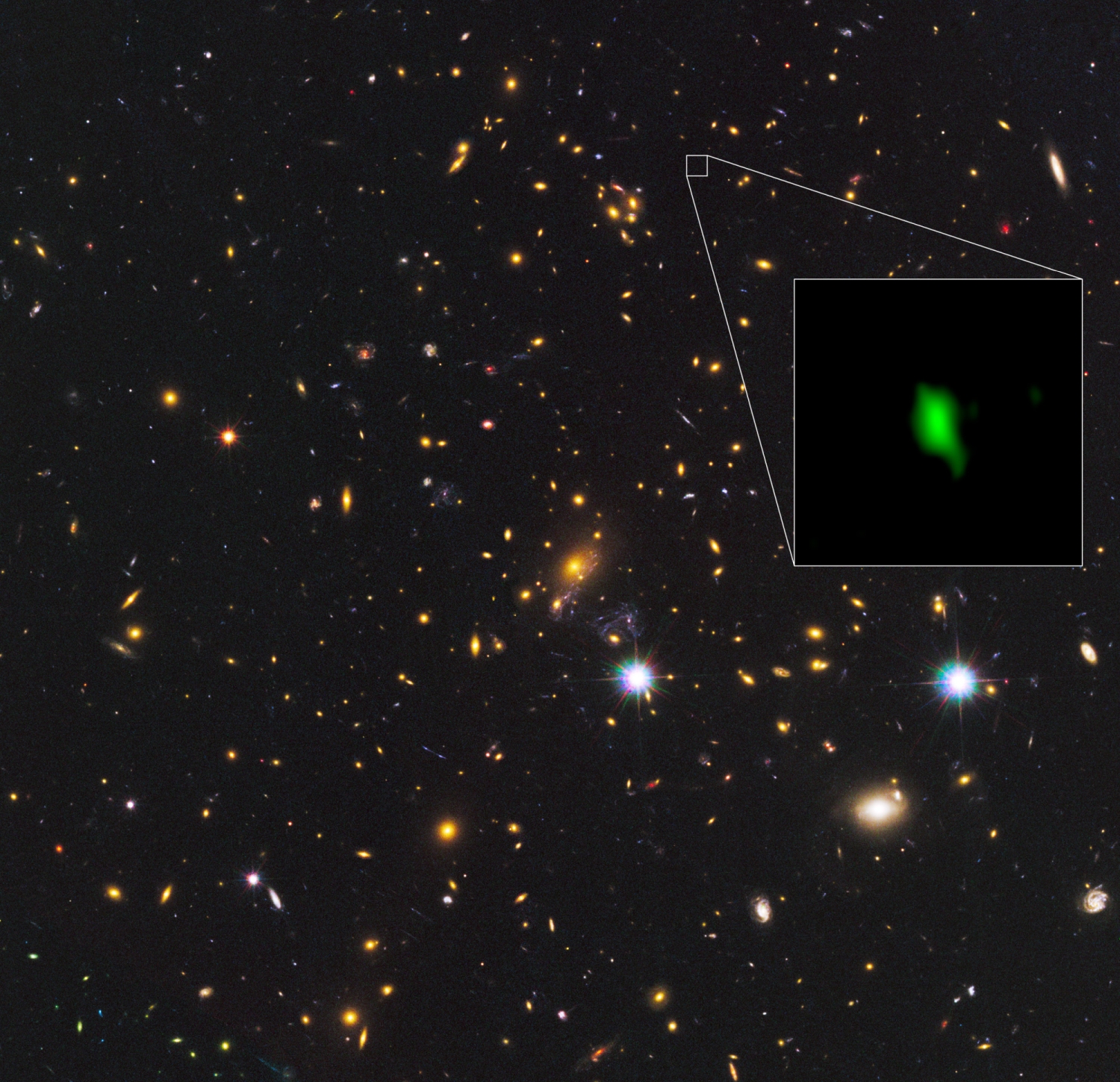 Credit: ALMA (ESO/NAOJ/NRAO), NASA/ESA Hubble Space Telescope, W. Zheng (JHU), M. Postman (STScI), the CLASH Team, Hashimoto et al.
Credit: ALMA (ESO/NAOJ/NRAO), NASA/ESA Hubble Space Telescope, W. Zheng (JHU), M. Postman (STScI), the CLASH Team, Hashimoto et al.
Breaking the Record: Oxygen in 13.28 Billion Years Ago
In 2017, European astronomers used ALMA to detect oxygen in a galaxy 13.2 billion light-years away. This was the record of the most ancient oxygen detected in the early universe until 2018 when an international team broke the record by discovering oxygen in MACS 1149-JD1, a galaxy 13.28 billion light-years away. By studying the stellar light and oxygen emission from the galaxy, the team showed that the galaxy began forming stars about 250 million years after the Big Bang. ALMA is closing in on the age at which the first stars in the Universe were formed.
News article: "ALMA Finds Oxygen 13.28 Billion Light-Years Away - Most Distant Oxygen Indicates Mature Nature of a Young Galaxy"


